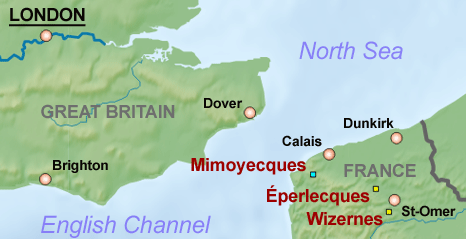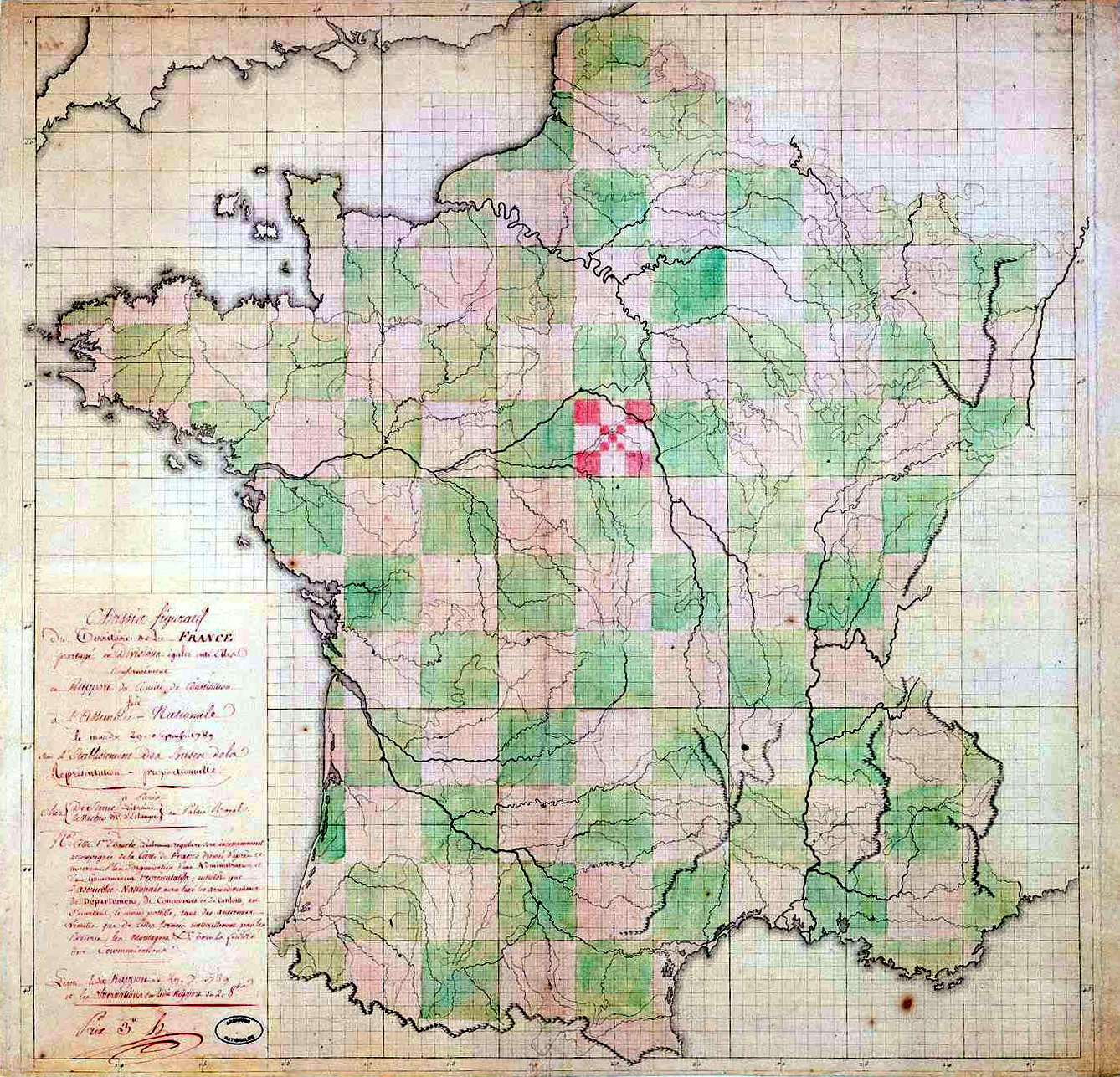|
Éperlecques
Éperlecques (; ; ) is a Communes of France, commune in the Pas-de-Calais Departments of France, department in the Hauts-de-France region of France. Geography It is a farming commune comprising eight hamlets, all found within the regional nature reserve of the Caps et Marais d'Opale, situated 6 miles (10 km) northwest of Saint-Omer, at the D222 and D219 road junction. The small river Liette runs through the village. Population Places of interest * The Blockhaus d'Éperlecques * St. Leodegar's church, dating from the sixteenth century. * Seven chapels. * Traces of ancient châteaux. * The flour mill at Seigre. Twin towns Éperlecques is twinned with Zonnebeke in Belgium. See also * Audomarois *Communes of the Pas-de-Calais department References  Communes of Pas-de-Calai ...
Communes of Pas-de-Calai ...
[...More Info...] [...Related Items...] OR: [Wikipedia] [Google] [Baidu] |
Blockhaus D'Éperlecques
The ''Blockhaus d'Éperlecques'' (, also referred to as "the Watten bunker" or simply "Watten") is a Second World War bunker, now part of a museum, near Saint-Omer in the northern Pas-de-Calais Departments of France, ''département'' of France, and only some 14.4 kilometers (8.9 miles) north-northwest from the more developed La Coupole V-2 launch facility, in the same general area. The bunker, built by Nazi Germany under the codename Kraftwerk Nord West (Powerplant Northwest) between March 1943 and July 1944, was originally intended to be a launching facility for the V-2 (A-4) ballistic missile. It was designed to accommodate over 100 missiles at a time and to launch up to 36 daily. The facility would have incorporated a liquid oxygen factory and a bomb-proof railway station to allow missiles and supplies to be delivered from production facilities in Germany. It was constructed using the labour of thousands of prisoners of war and forcibly conscripted workers used as slave labou ... [...More Info...] [...Related Items...] OR: [Wikipedia] [Google] [Baidu] |
Audomarois
Audomarois () is an "Administrative divisions of France, administrative division" in the Pas-de-Calais department of France, once mainly used as a market garden. As its name suggests, it is centered around the town of Saint-Omer and the Marais Audomarois. Etymologically, "Audomarois" also refers to the inhabitants of the town of Saint-Omer and those of the Marais Audomarois. In 638, King Dagobert I, King Dagobert decided to Christianize the north of his kingdom and entrusted this mission to 4 monks: Omer, Bertin, Momelin and Ebertram. Audomar (an early form of Omer) became Bishop of Thérouanne. Location The Audomarois, which straddles the Nord and Pas-de-Calais départements, is part of the Saint-Omer arrondissement. It is also largely within the boundaries of the Caps et Marais d'Opale Regional Nature Park. On the Flanders side, it borders Blootland (Dunkirk) to the north, Houtland (France), Houtland to the east, Pale of Calais to the north-west, and the Lys plain to the sou ... [...More Info...] [...Related Items...] OR: [Wikipedia] [Google] [Baidu] |
Communauté D'agglomération Du Pays De Saint-Omer
The Communauté d'agglomération du Pays de Saint-Omer (CAPSO) is located in the Pas-de-Calais ''département'', in northern France. It was formed on 1 January 2017 by the merger of the former Communauté d'agglomération de Saint-Omer, the Communauté de communes du Canton de Fauquembergues, the Communauté de communes du pays d'Aire and the Communauté de communes de la Morinie. Its seat is Longuenesse.CA du Pays de Saint-Omer (N° SIREN : 200069037) BANATIC, accessed 11 November 2024. Its area is 543.6 km2. Its population was 105,169 in 2018.Comparateur de territoire IN ... [...More Info...] [...Related Items...] OR: [Wikipedia] [Google] [Baidu] |
Communes Of The Pas-de-Calais Department
The following is a list of the 887 communes of the Pas-de-Calais department of France. The communes cooperate in the following intercommunalities (as of 2025):Périmètre des groupements en 2025 BANATIC. Accessed 28 May 2025. * Communauté urbaine d'Arras * Communauté d'agglomération de Béthune-Bruay, Artois-Lys Romane * Communauté d'agglomération du Bo ... [...More Info...] [...Related Items...] OR: [Wikipedia] [Google] [Baidu] |
Pas-de-Calais
The Pas-de-Calais (, ' strait of Calais'; ; ) is a department in northern France named after the French designation of the Strait of Dover, which it borders. It has the most communes of all the departments of France, with 890, and is the 8th most populous. It had a population of 1,465,278 in 2019.Populations légales 2019: 62 Pas-de-Calais INSEE The Calais Passage connects to the Port of Calais on the . The Pas-de-Calais borders the departments of [...More Info...] [...Related Items...] OR: [Wikipedia] [Google] [Baidu] |
Saint-Omer
Saint-Omer (; ; Picard: ''Saint-Onmé'') is a commune and sub-prefecture of the Pas-de-Calais department in France. It is west-northwest of Lille on the railway to Calais, and is located in the Artois province. The town is named after Saint Audomar, who brought Christianity to the area. The canalised section of the river Aa begins at Saint-Omer, reaching the North Sea at Gravelines in northern France. Below its walls, the Aa connects with the Neufossé Canal, which ends at the river Lys. History Saint-Omer first appeared in the writings during the 7th century under the name of Sithiu (Sithieu or Sitdiu), around the Saint-Bertin abbey founded on the initiative of Audomar, (Odemaars or Omer). Omer, bishop of Thérouanne, in the 7th century established the Abbey of Saint Bertin, from which that of Notre-Dame was an offshoot. Rivalry and dissension, which lasted till the French Revolution, soon sprang up between the two monasteries, becoming especially virulent when ... [...More Info...] [...Related Items...] OR: [Wikipedia] [Google] [Baidu] |
Communes Of France
A () is a level of administrative divisions of France, administrative division in the France, French Republic. French are analogous to civil townships and incorporated municipality, municipalities in Canada and the United States; ' in Germany; ' in Italy; ' in Spain; or civil parishes in the United Kingdom. are based on historical geographic communities or villages and are vested with significant powers to manage the populations and land of the geographic area covered. The are the fourth-level administrative divisions of France. vary widely in size and area, from large sprawling cities with millions of inhabitants like Paris, to small hamlet (place), hamlets with only a handful of inhabitants. typically are based on pre-existing villages and facilitate local governance. All have names, but not all named geographic areas or groups of people residing together are ( or ), the difference residing in the lack of administrative powers. Except for the Municipal arrondissem ... [...More Info...] [...Related Items...] OR: [Wikipedia] [Google] [Baidu] |
Departments Of France
In the administrative divisions of France, the department (, ) is one of the three levels of government under the national level ("territorial collectivity, territorial collectivities"), between the Regions of France, administrative regions and the Communes of France, communes. There are a total of 101 departments, consisting of ninety-six departments in metropolitan France, and five Overseas department and region, overseas departments, which are also classified as overseas regions. Departments are further subdivided into 333 Arrondissements of France, arrondissements and 2,054 Cantons of France, cantons (as of 2023). These last two levels of government have no political autonomy, instead serving as the administrative basis for the local organisation of police, fire departments, and, in certain cases, elections. Each department is administered by an elected body called a departmental council (France), departmental council ( , ). From 1800 to April 2015, these were called gene ... [...More Info...] [...Related Items...] OR: [Wikipedia] [Google] [Baidu] |
Hauts-de-France
Hauts-de-France (; ; ), also referred to in English as Upper France, is the northernmost region of France, created by the territorial reform of French regions in 2014, from a merger of Nord-Pas-de-Calais and Picardy. Its prefecture is Lille. The new region came into existence on 1 January 2016, after regional elections in December 2015. The Conseil d'État approved Hauts-de-France as the name of the region on 28 September 2016, effective the following 30 September. With 6,009,976 inhabitants as of 1 January 2015 and a population density of 189 inhabitants per km2, it is the third most populous region in France and the second-most densely populated in metropolitan France after its southern neighbour Île-de-France. It is bordered by Belgium to the north and by the United Kingdom to the northwest through the Channel Tunnel, a railway tunnel crossing the English Channel. The region is a blend mixture of French and (southern-) Dutch cultures. Toponymy The region's interim ... [...More Info...] [...Related Items...] OR: [Wikipedia] [Google] [Baidu] |
France
France, officially the French Republic, is a country located primarily in Western Europe. Overseas France, Its overseas regions and territories include French Guiana in South America, Saint Pierre and Miquelon in the Atlantic Ocean#North Atlantic, North Atlantic, the French West Indies, and List of islands of France, many islands in Oceania and the Indian Ocean, giving it Exclusive economic zone of France, one of the largest discontiguous exclusive economic zones in the world. Metropolitan France shares borders with Belgium and Luxembourg to the north; Germany to the northeast; Switzerland to the east; Italy and Monaco to the southeast; Andorra and Spain to the south; and a maritime border with the United Kingdom to the northwest. Its metropolitan area extends from the Rhine to the Atlantic Ocean and from the Mediterranean Sea to the English Channel and the North Sea. Its Regions of France, eighteen integral regions—five of which are overseas—span a combined area of and hav ... [...More Info...] [...Related Items...] OR: [Wikipedia] [Google] [Baidu] |
Zonnebeke
Zonnebeke (; ) is a Municipalities of Belgium, municipality located in the Belgium, Belgian Provinces of Belgium, province of West Flanders. The municipality comprises the villages of , , Passendale, Zandvoorde (Zonnebeke), Zandvoorde and Zonnebeke proper. On January 1, 2006, Zonnebeke had a total population of 11,758. The total area is 67.57 km2 which gives a population density of 174 inhabitants per km2. History The villages of Zonnebeke congregated around a large Augustinians, Augustinian abbey and its associated Benedictine convent in Nonnebosschen. Both were destroyed during the iconoclastic outbreak in 1580. Only the abbey was rebuilt, but was looted during the France, French occupation the abbey was confiscated. Passendale played a role in the Battle of Westrozebeke in 1382. Situated in the centre of the Ypres Salient, World War I destroyed the whole area. Left abandoned until the early 1920s, people slowly returned and rebuilt the villages. In 1932, the locals opened ... [...More Info...] [...Related Items...] OR: [Wikipedia] [Google] [Baidu] |
Belgium
Belgium, officially the Kingdom of Belgium, is a country in Northwestern Europe. Situated in a coastal lowland region known as the Low Countries, it is bordered by the Netherlands to the north, Germany to the east, Luxembourg to the southeast, France to the south, and the North Sea to the west. Belgium covers an area of and has a population of more than 11.8 million; its population density of ranks List of countries and dependencies by population density, 22nd in the world and Area and population of European countries, sixth in Europe. The capital and Metropolitan areas in Belgium, largest metropolitan region is City of Brussels, Brussels; other major cities are Antwerp, Ghent, Charleroi, Liège, Bruges, Namur, and Leuven. Belgium is a parliamentary system, parliamentary constitutional monarchy with a complex Federation, federal system structured on regional and linguistic grounds. The country is divided into three highly autonomous Communities, regions and language areas o ... [...More Info...] [...Related Items...] OR: [Wikipedia] [Google] [Baidu] |






